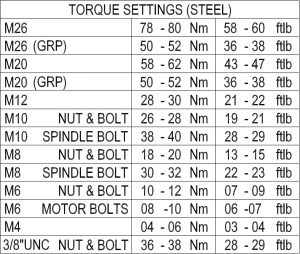Product Brochures
Full Product Catalog
30Nm Leaflet
50Nm Leaflet
70Nm Leaflet
80Nm Leaflet
Full Product Catalog
30Nm Leaflet
50Nm Leaflet
70Nm Leaflet
80Nm Leaflet
2NM Wiring Diagram
Switch # 10166600 (24V) and # 10167100 (12V) 2 Speed Variable Intermittent With Wash
Switch # 10079200 (24V & 12V) 2 Speed Self Park, No Wash
Switch # 10094800 – 2 Speed With Wash
Electronic Control Switch Manual
Electronic Control Switch Wiring Diagram for 3 Wipers
Electronic Control Switch Wiring Diagram for 5 Wipers
2NM Installation Guide
S61213X Installation Guide
30NM Installation Guide
50NM Installation Guide
70NM Installation Guide
80NM Installation Guide
110NM Installation Guide
 How is a wiper arm installed?
How is a wiper arm installed?
Wipers won’t run – is it the switch, or the motor, or something else?
